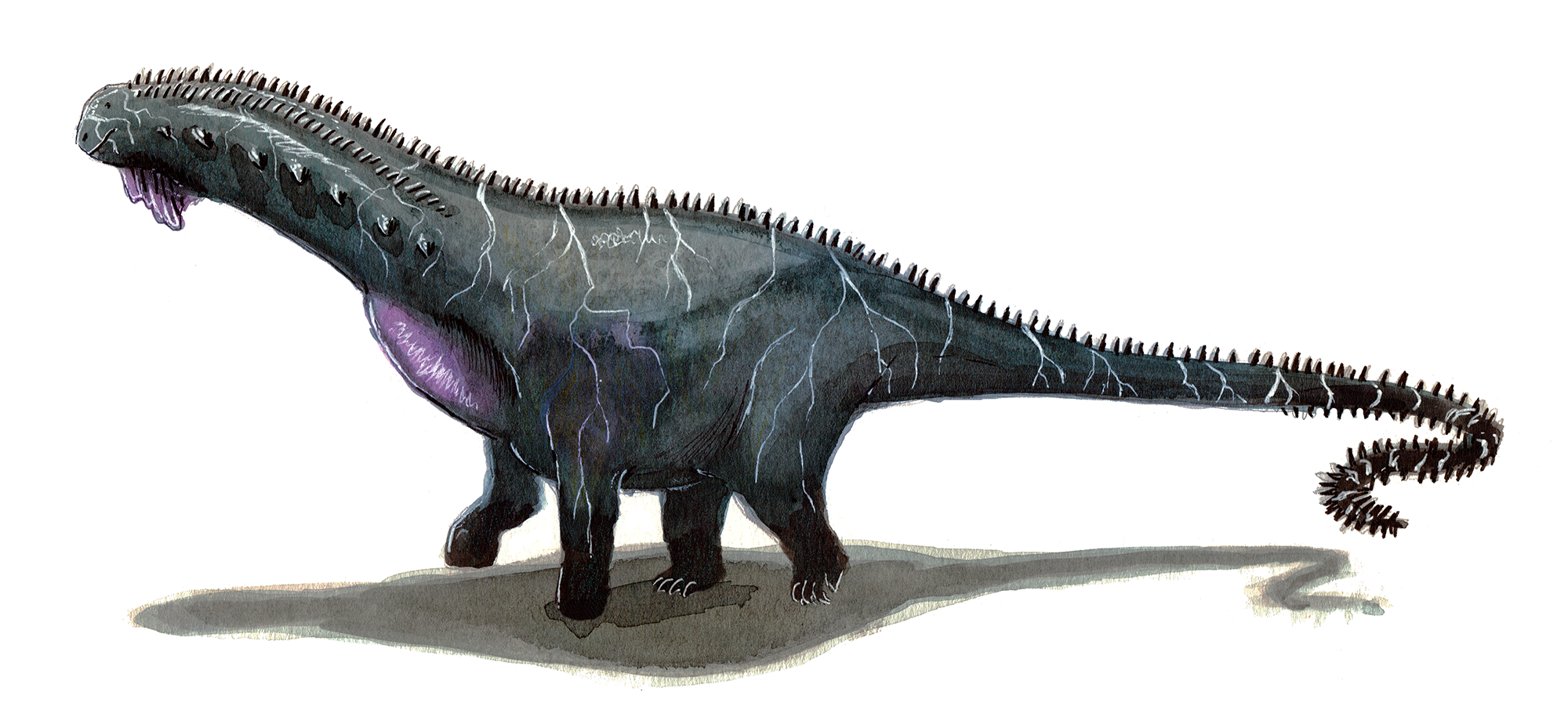Brontosaurus

|
|
|
The quintessential sauropod, Brontosaurus has taken the world by storm since it was named during the Bone Wars in 1879. In 1903, the genus was sunk into Apatosaurus, yet the use of the name Brontosaurus persisted in popular culture. Then in 2015, Brontosaurus's distinctness was reinstated and justified, though it remains Apatosaurus's closest relative. Paleontology is sometimes like that. Like all diplodocids, Brontosaurus is a relatively lightweight sauropod with a slender head, a long neck, and a long tail that ends as a whip. Although Brontosaurus is one of the most robust diplodocids, its weight is lowered by a series of air sacs throughout the body. The neck vertebrae in particular are very sturdy, and have bosses along the bottom side that may have supported spikes for combat use. Brontosaurus holds its head at a medium height from the ground. Our individuals use the sturdy neck to bludgeon each other in "necking" competitions. The whiplike tail is used to create a massive cracking sound. One of the many sauropods that lived in the plains and forests of late Jurassic North America, Brontosaurus is a common low browser, ecologically separate from higher browsers like Camarasaurus. Our herd of Brontosaurus live in Vista View. The herd consists of four females and two males, arranged in a linear heirarchy determined by necking. |
Scientific name Location Time Length Weight Diet |